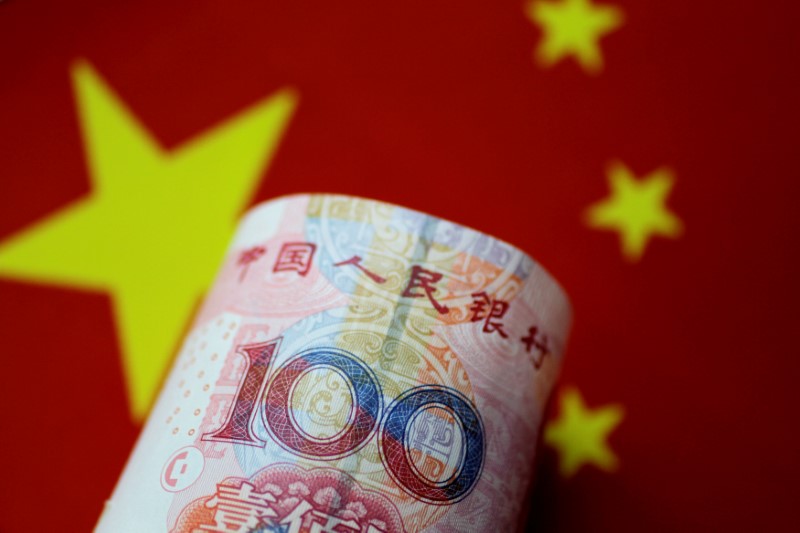Spain’s credit rating upgraded to ’A+’ by S&P on strong growth
By Ambar Warrick
Investing.com -- Most Asian currencies were muted on Friday amid growing concerns over the path of U.S. monetary policy, while the Chinese yuan was among the best performers this week on a string of strong economic readings.
The yuan rose 0.1%, and was set to close the week nearly 0.8% higher.
A private survey showed on Friday that Chinese service sector activity grew at a faster-than-expected pace in February. The reading comes after government data showed this week that China’s business activity expanded at its fastest pace in over a decade, cementing a post-COVID recovery in the country.
Gains in the yuan spilled over into other China-exposed currencies, with the South Korean won and the Australian dollar both set to close the week higher.
A recovery in China bodes well for countries with a large trade exposure to the Asian giant, and could help improve the prospects for Asian economies this year. Friday’s positive data also came ahead of a meeting of high-level Chinese officials, which begins on Saturday.
But most other Asian currencies kept to small ranges on Friday, as U.S. Treasury yields surged overnight after a drop in weekly unemployment claims indicated resilience in the jobs market. The dollar also steadied on Friday against a basket of currencies, with the dollar index and dollar index futures falling 0.1% each.
The greenback was set for small weekly losses.
Overnight comments from Federal Reserve officials offered some clarity on where U.S. interest rates could peak this year, with Atlanta Fed President Raphael Bostic backing a 25 basis point hike during the March meeting.
But officials also warned that the Fed’s stance will be largely data-dependent, which, considering that U.S. inflation read higher-than-expected in January, could keep interest rates higher for longer.
The Japanese yen rose 0.1%, and was nursing some losses for the week as data highlighted weakening economic trends in the country. Inflation in Tokyo eased from an over 40-year high in February, data showed on Friday, but still remained pinned at relatively high levels.
The Indian rupee rose 0.1% and was set to add 0.8% this week as data showed that the country’s economy grew 7% in 2022, vastly outperforming its Asian peers. Indian manufacturing activity also grew more than expected in February, indicating continued resilience in the South Asian economy.
